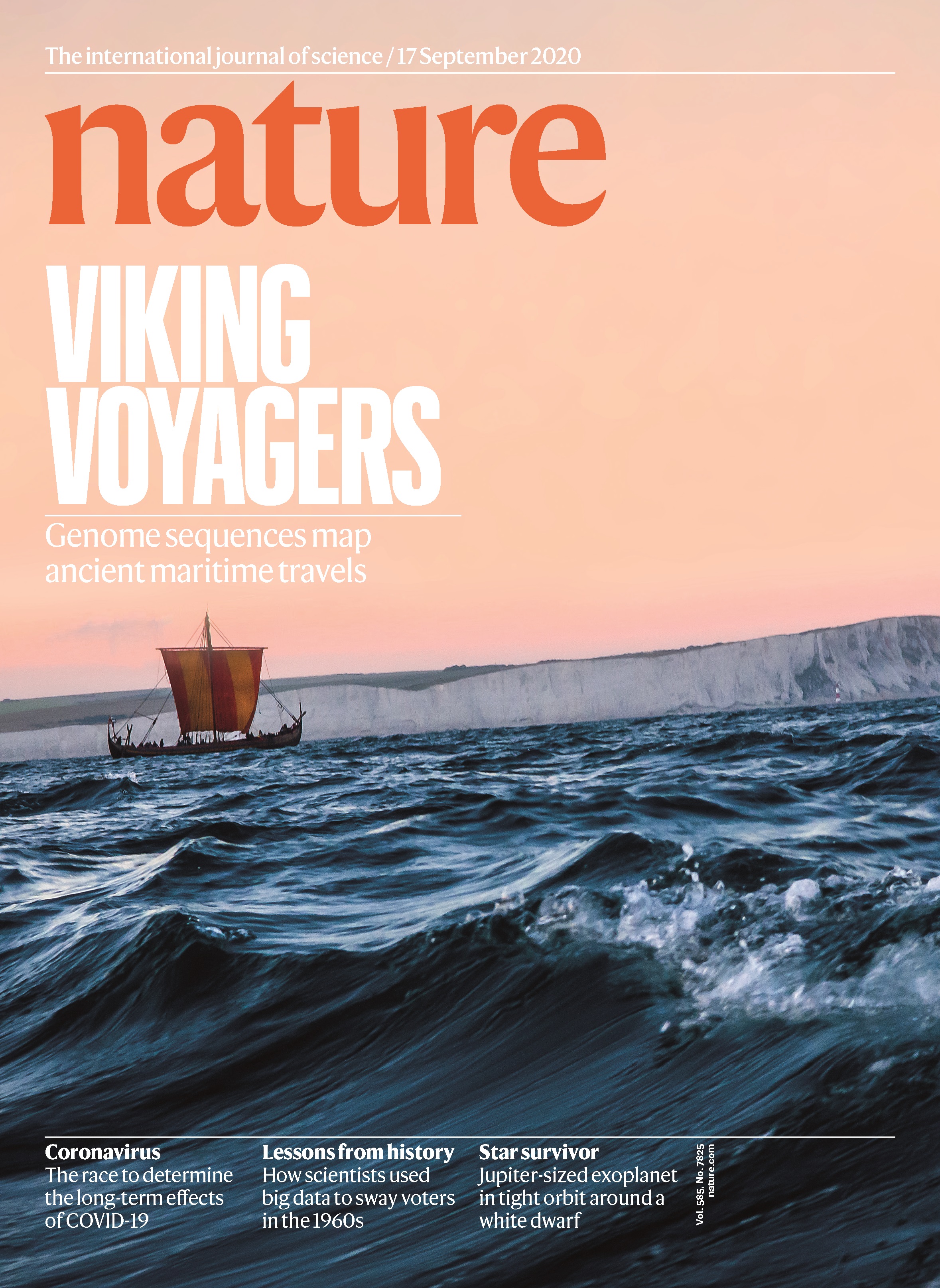Population genomics of the Viking world
New publication by Ashot Margaryan (University of Copenhagen), Daniel J. Lawson (The University of Bristol), Martin Sikora (University of Copenhagen), Fernando Racimo (University of Copenhagen), Eske Willerslev (University of Copenhagen), Søren M. Sindbæk (UrbNet and Aarhus University) together with colleagues.

Margaryan, A., Lawson, D. J., Sikora, M. et al. (2020). "Population genomics of the Viking world", Nature 585, 390–396. https://doi.org/10.1038/s41586-020-2688-8
To explore the genomic history of the Viking Age (c. 750–1050 CE), a team of international academics sequenced DNA extracted from 442 human remains from archaeological sites in Greenland, Poland, Russia, Scandinavia, The United Kingdom and Ukraine. This is the largest ever DNA analysis of Viking remains to explore how they fit into the genetic picture of Ancient Europeans. The startling results, recently published in Nature, answer long-standing historical questions and confirm previous assumptions that lacked evidence.
‘Viking’ identity not limited to Scandinavian genetics
Among many interesting results, the cutting-edge DNA sequencing revealed that ‘Viking’ identity was not limited to people with Scandinavian genetic ancestry. For instance, two skeletons buried with Viking swords in Viking-style graves in Orkney, Scotland, are genetically similar to present-day Irish and Scottish people. Furthermore, the research revealed that most Vikings had brown hair – contrary to the modern idea of Vikings being blond. The study also demonstrates that Scandinavia was influenced by gene flows from Southern Europe and Asia before and during the Viking Age.
The study is the outcome of a long-standing research collaboration between geneticists and archaeologists. The publication of the 442 Viking Age human DNA samples creates a groundbreaking baseline for a new field of comparative research, which opens the door to new approaches to study networks and interaction.
For more information about the study and the results, read the full article here. See also the news articles about the paper featured by Science Daily and Videnskab.dk (Danish).
